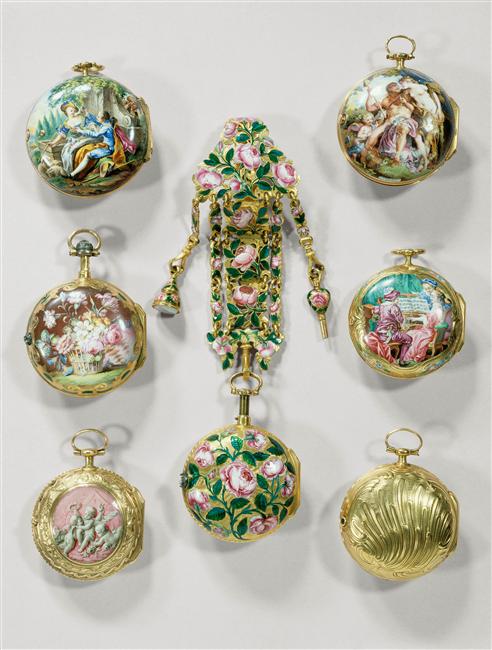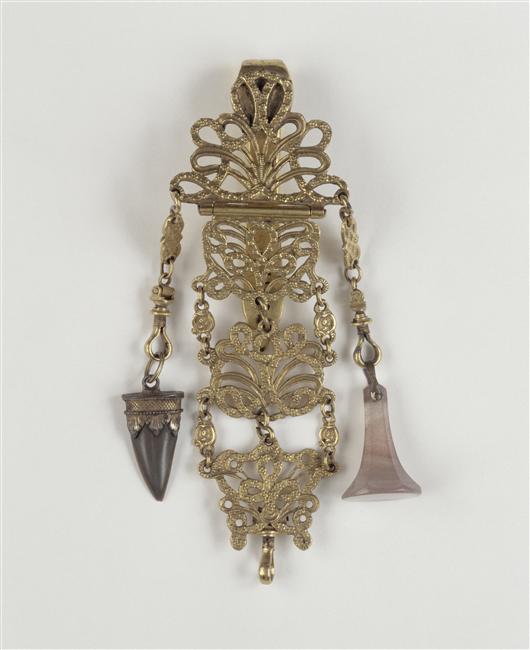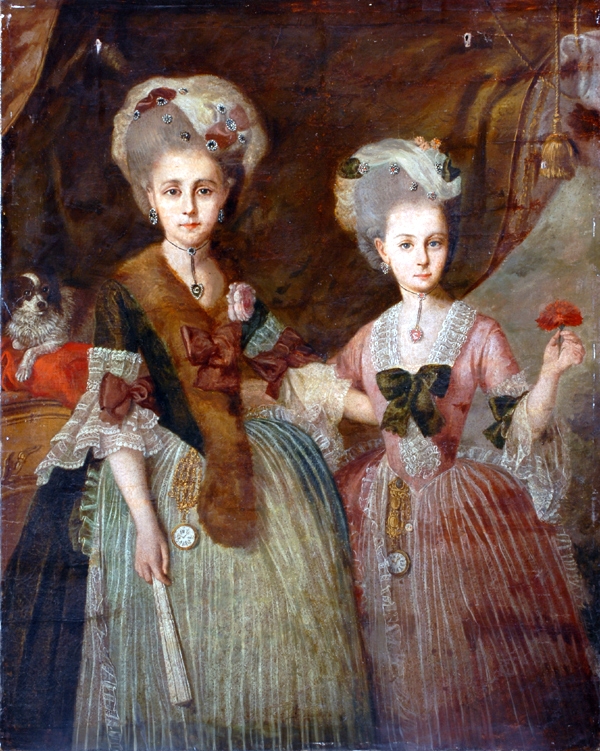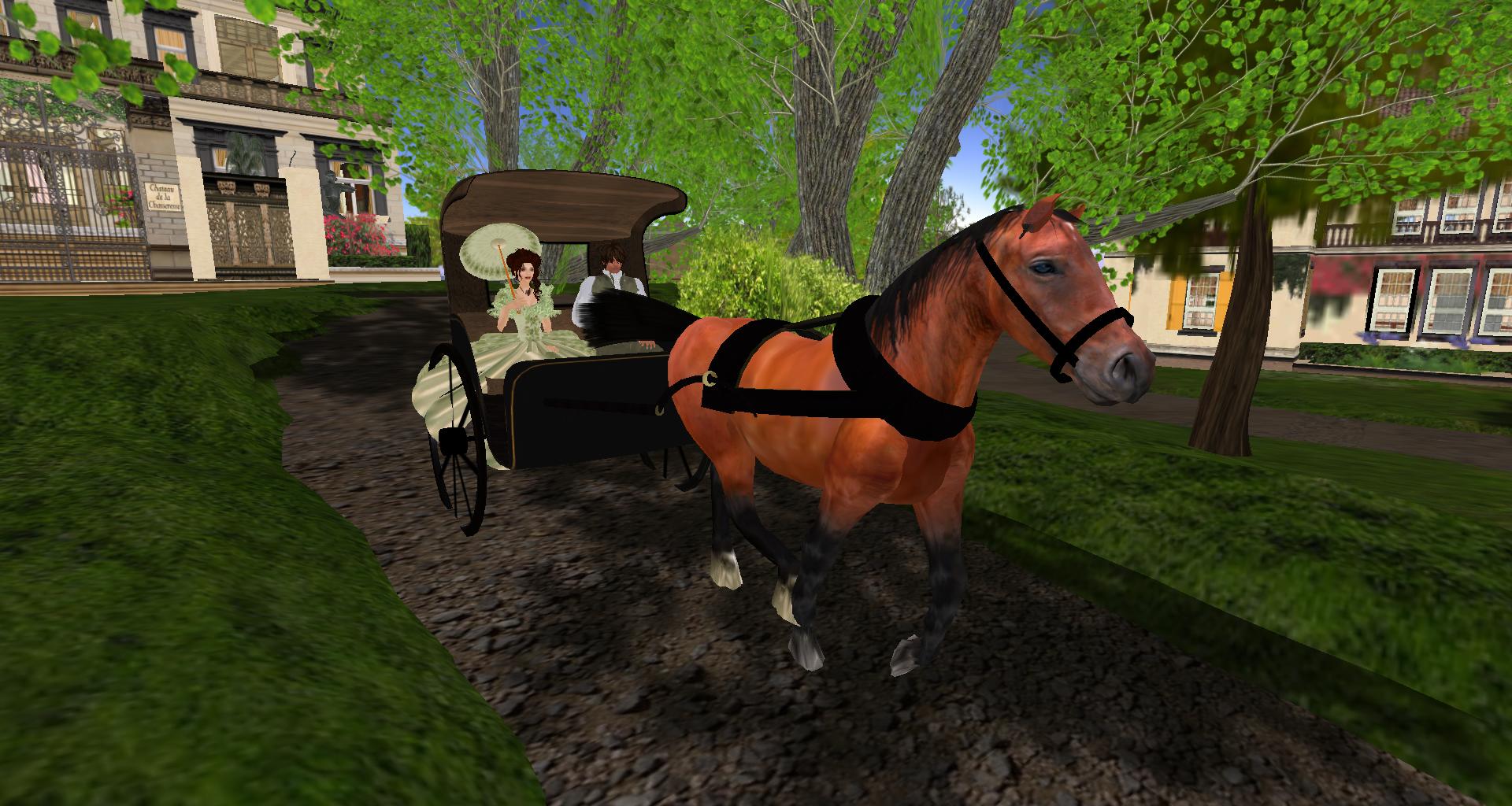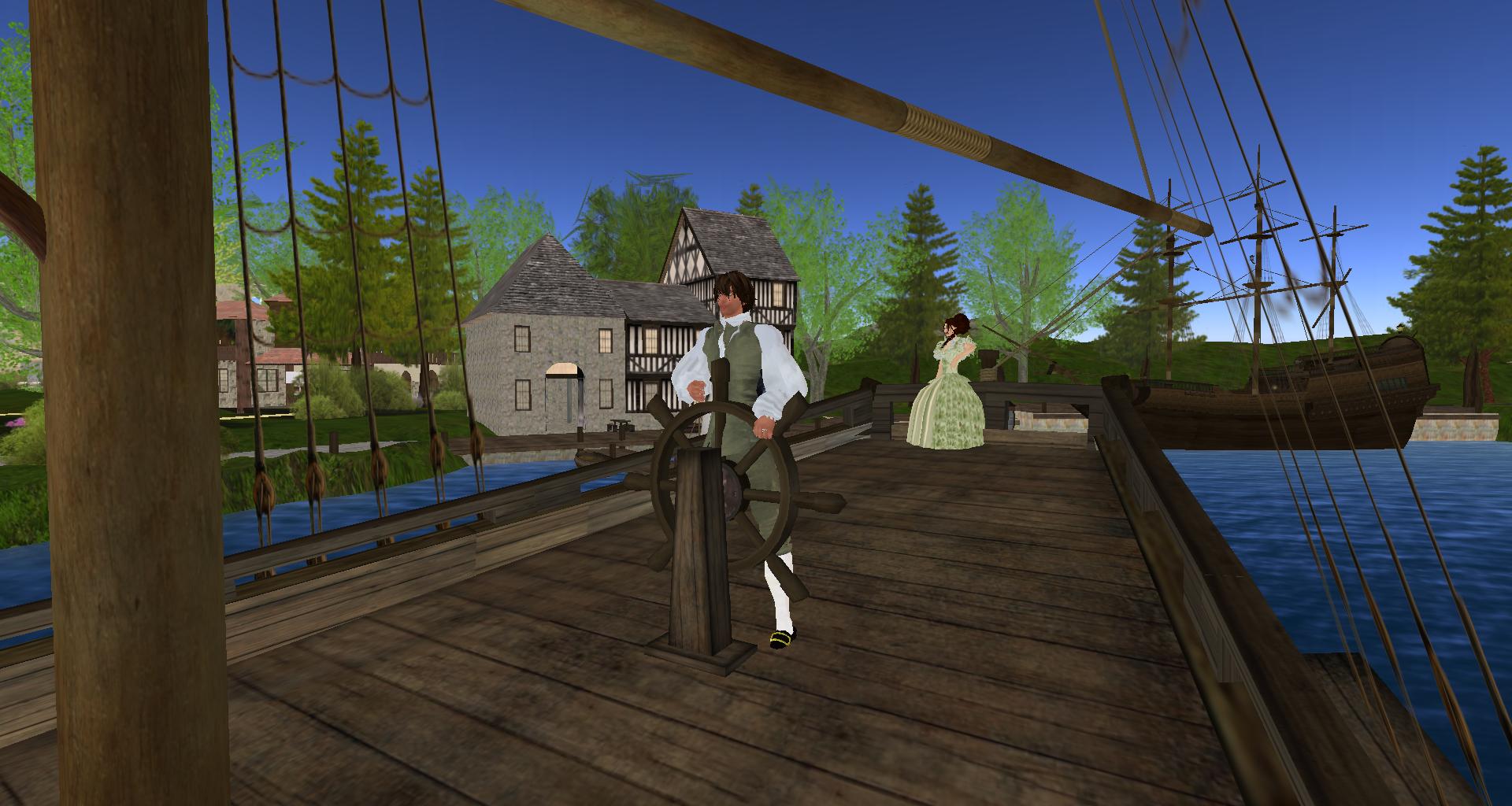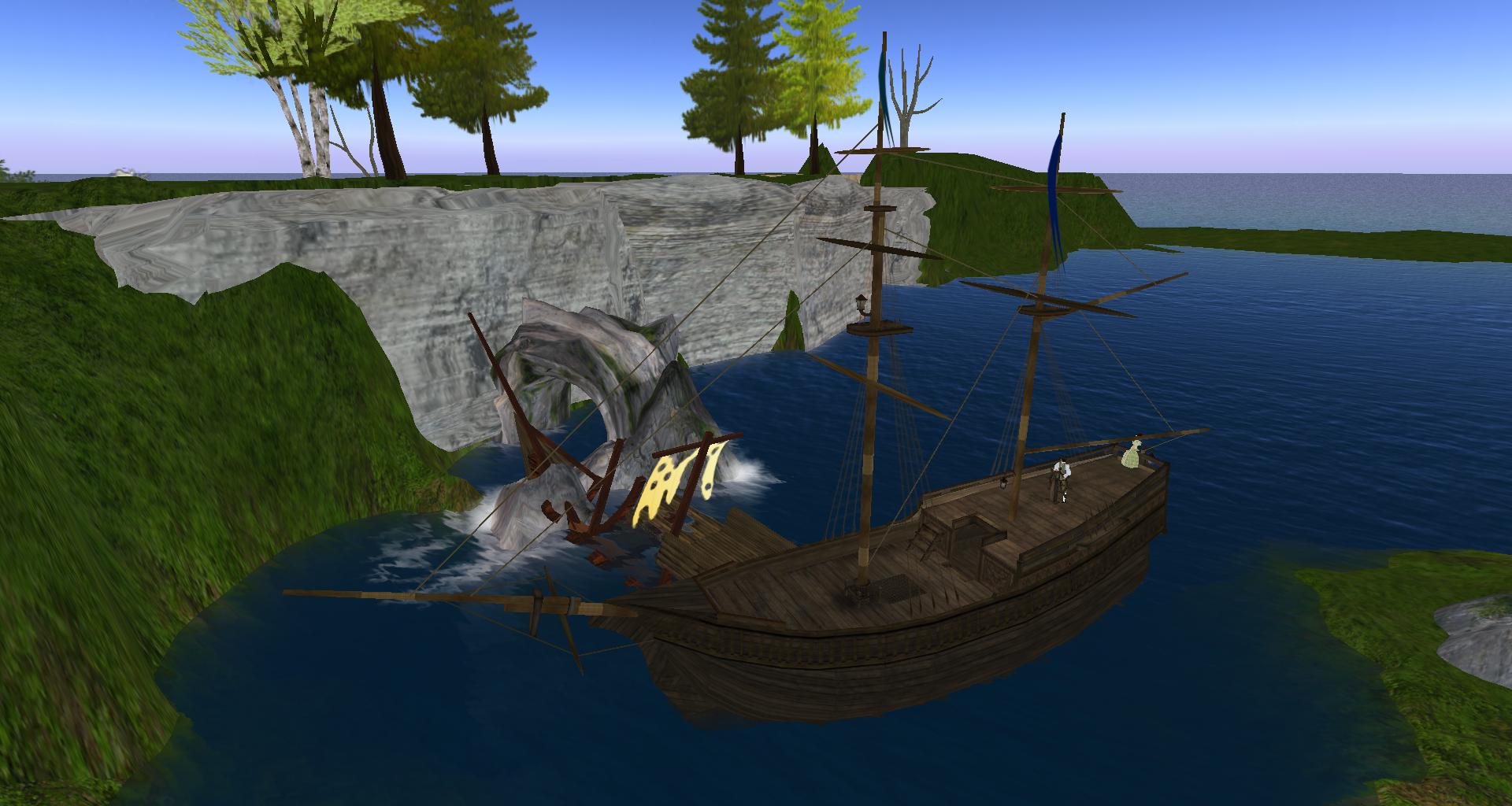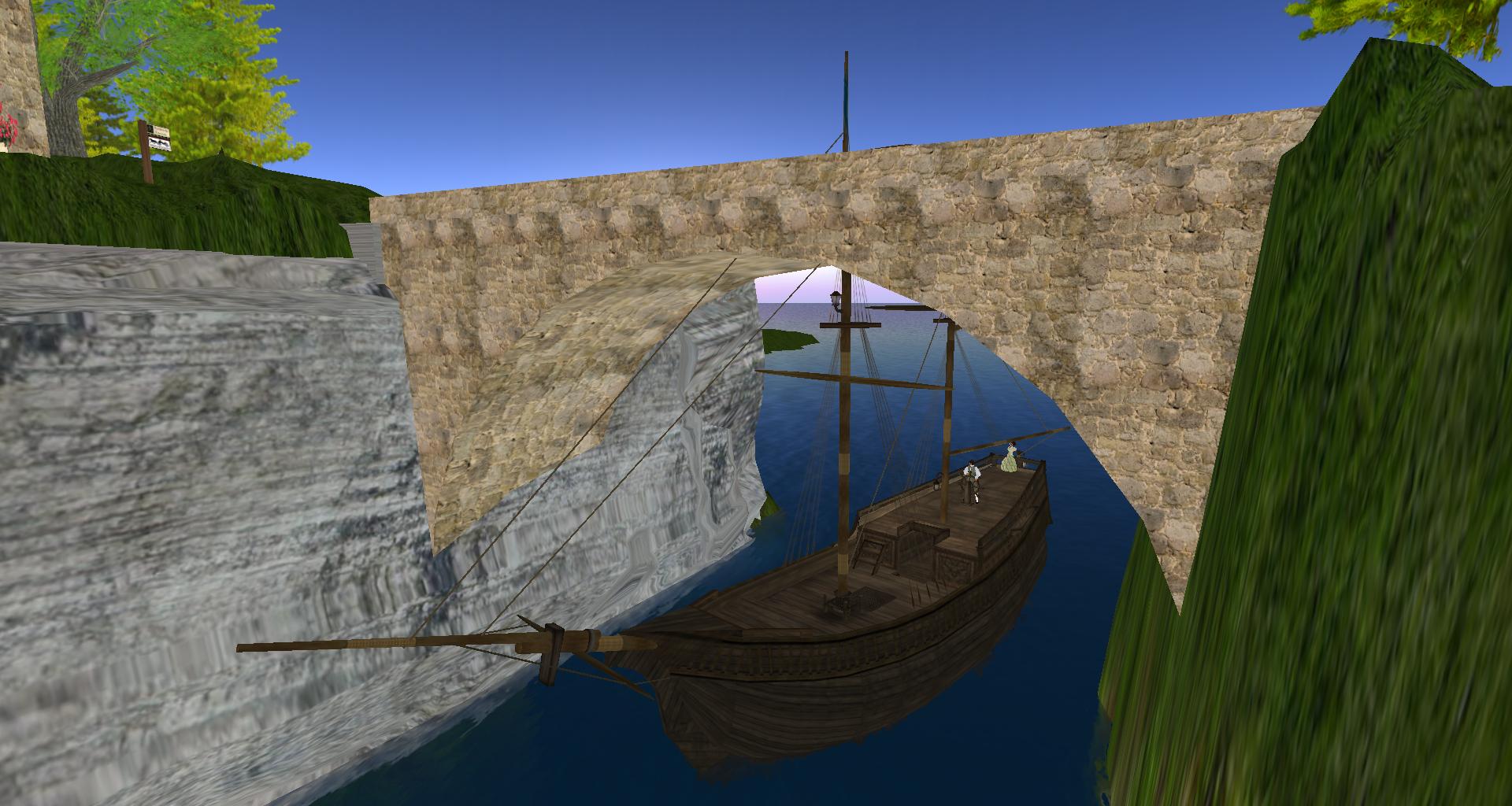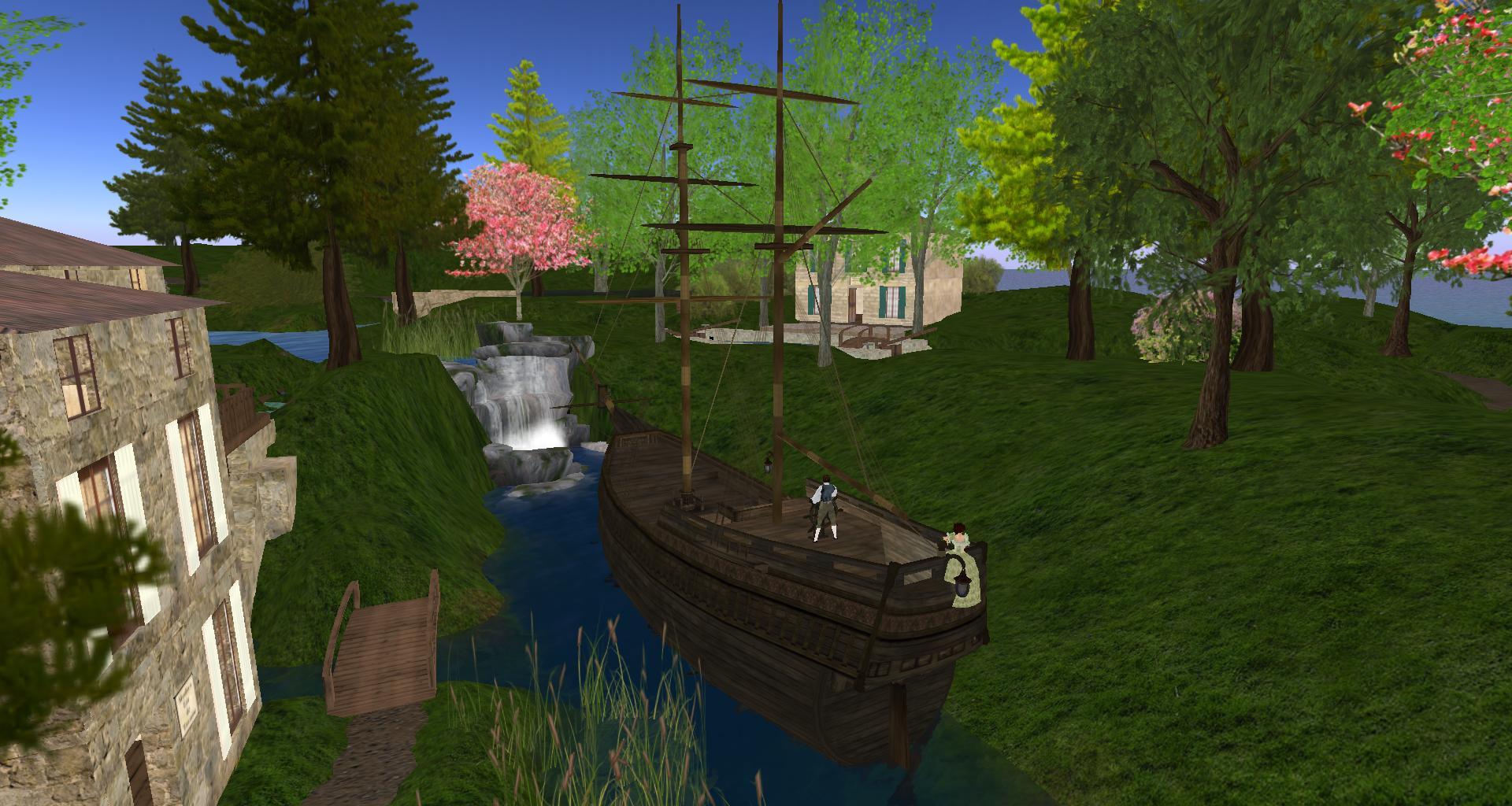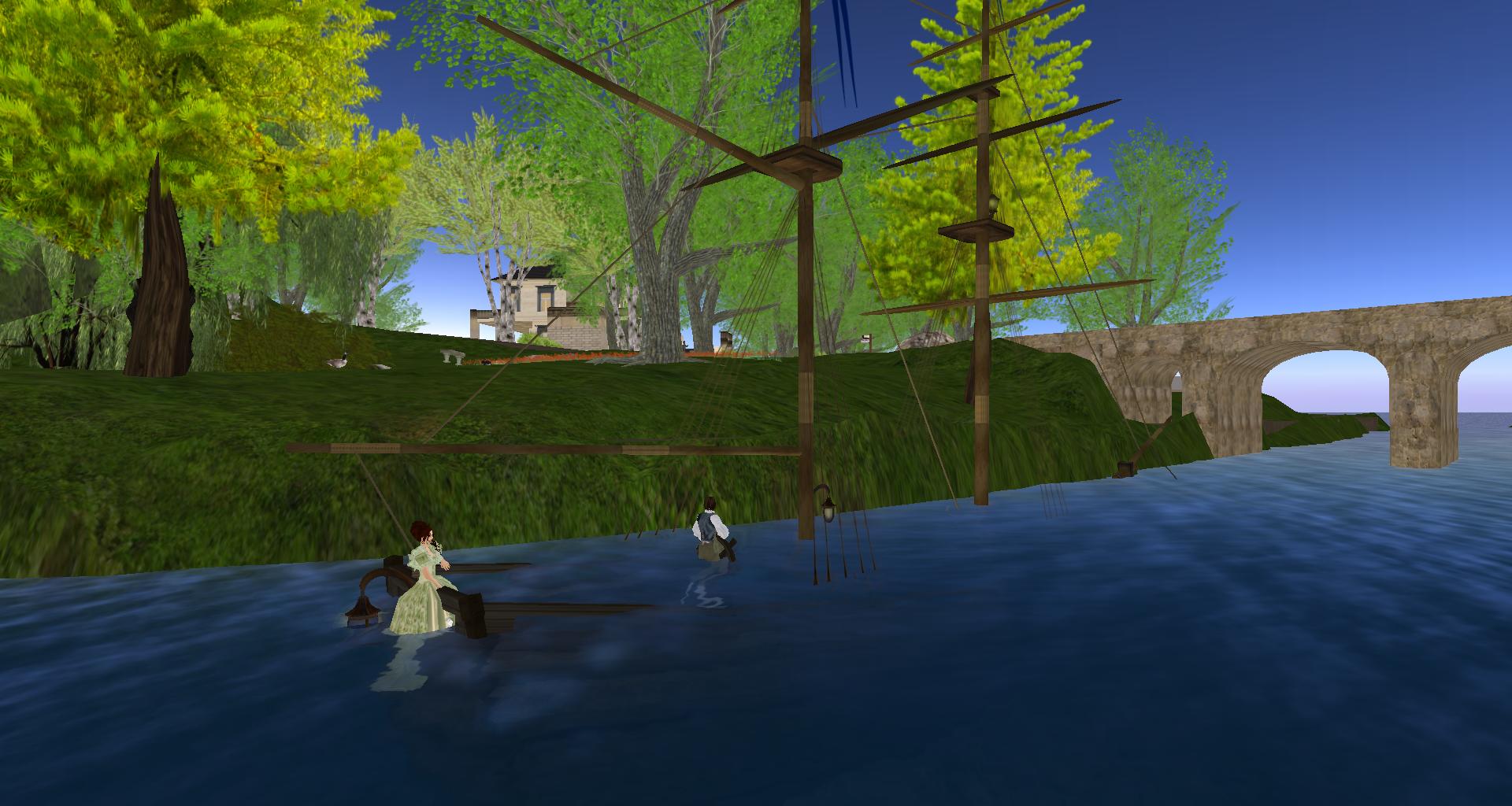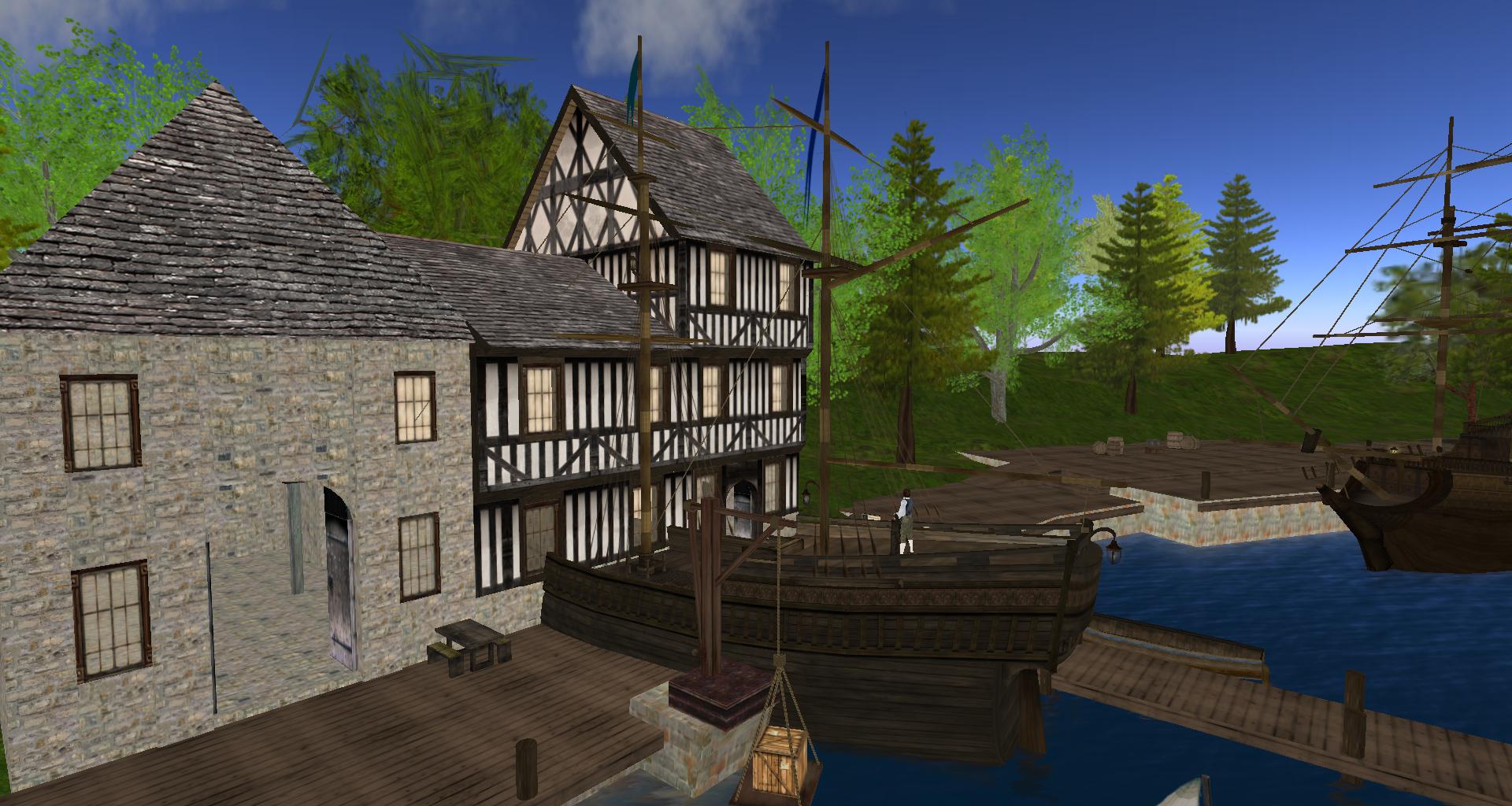If anyone ever doubts the seriousness and the adequate medical skills of my 18th century colleagues, well... they have every right to do so. In my continuous journey into the History of Ancient Medicine, i found a splendid article concerning a famous 18th century medical Hoax.
Let me raise the curtains of the stage and present you the curious case of Mary Toft, the woman who gave births to... rabbits...
The Curious Case of Mary Toft (1726)
In September 1726, news reached the court of King George I of the alleged birth of several rabbits to Mary Toft (1703-1763) of Godalming, near Guildford, in Surrey.
Toft was a twenty-five year old illiterate servant, married to Joshua Toft, a journeyman clothier. According to reports, despite having had a miscarriage just a month earlier in August 1726, Mary had still appeared to be pregnant. On September 27th, she went into labour and was attended initially by her neighbour Mary Gill, and then her mother in law Ann Toft. She gave birth to something resembling a liverless cat.
The family decided to call on the help of Guildford obstetrician John Howard. He visited Mary the next day where he was presented with more animal parts which Ann Toft said she had taken from Mary during the night. The following day, Howard returned and helped deliver yet more animal parts. Over the next month Howard recorded that she began producing a rabbit's head, the legs of a cat, and, in a single day, nine dead baby rabbits.
Howard sent letters to some of England's greatest doctors and scientists and the King's secretary, informing them of the miraculous births.

The curious King dispatched two men to investigate to see what they could ascertain about this case: Nathaniel St. Andr, Swiss surgeon-anatomist to the King and Samuel Molyneux, secretary to the Prince of Wales.
By now, news had spread and Mary was a local celebrity which necessitated moving her from Godalming to nearby Guildford so that she could be monitored more closely by John Howard. On November 15th St. Andr and Molyneux arrived at Howard's home in Guildford and were immediately greeted with the news that Mary was in labour with her fifteenth rabbit. Toft gave birth to several more dead rabbits in their presence.
The doctors conducted examinations on the lungs and other internal organs of these rabbits, the results of which showed that they probably did not develop inside Mary's womb. St. Andr, however, still seemed convinced that her case was genuine. He believed that these were indeed supernatural births, and took some of the rabbit specimens back to London to show the King and the Prince of Wales.
As the story of Mary Toft quickly spread through London, the King decided to send a German surgeon, Cyriacus Ahlers, and his friend Mr. Brand to Guildford to investigate the matter further. Ahlers examined Mary and witnessed several of her rabbit births; however, he was not convinced. On examination of the rabbit parts he had taken back to London, Ahlers found that the dung pellets in the rectum of one of the rabbits contained corn, hay and straw, which proved that it could not have developed inside Mary. Ahlers reported back to the King on November 21st that he suspected a hoax with Mary Toft and John Howard in collusion and showed these rabbit specimens as evidence.
Meanwhile, Sir Richard Manningham (1690-1759) - an eminent doctor and midwife among upper class society in London - was contacted by St Andr to attend upon Mary Toft. After observing her and seeing her give birth to what he believed was a hog's bladder, he also seemed unconvinced. But he was persuaded to keep his doubts to himself by Howard and St. Andr until there was proof of any fraud. Howard and St. Andr were trying to save their reputations in the light of what Ahlers had concluded.
The story came to the attention of the press and caused a national sensation. Interest in monstrosities and willingness to pay to see them was common in Europe in the mid 18th century. It is not hard to see why a poor family like the Tofts saw a way to make money with what seems, at first, a ridiculous scheme, as monstrous or deformed people had been exhibited, at a price, all over Europe for hundreds of years, with poor and wealthy alike equally fascinated.
Mary Toft's explanation for her strange births was that, in April 1726, she had been working in a field and was startled by a rabbit. She, and another woman, ran after it, and but could not catch it. They also failed to catch another rabbit that they had chased. "That same Night she dreamt she was in a Field with those two Rabbets in her Lap, and awakened with a sick Fit, which lasted till Morning; from that time, for above three months, she had a constant and strong desire to eat Rabbits, but being very poor and indigent could not procure any."

St Andr published his account of the affair, A Short Narrative of an Extraordinary Delivery of Rabbets on 3rd December 1726. Dr. James Douglas (1675-1742), the respected anatomist and man midwife, read the draft of this book and declared it 'nothing but a collection of impossibilities'.
'Maternal impression', according to medical theory, was a phenomenon that explained the existence of birth defects and congenital disorders. The theory was that an emotional stimulus experienced by a pregnant woman (such as Mary's rabbit dreams and her desire for rabbit meat) could influence the development of the foetus. Mental problems, such as depression or schizophrenia were believed to be a manifestation of similar feelings in the mother. For instance, a woman who experienced great sadness whilst pregnant might imprint depressive tendencies onto the foetus she was carrying.
A famous example of this theory is the case of Joseph Merrick (1862-1890), the so-called Elephant Man.He wrote in his autobiographical pamphlet 'The deformity which I am now exhibiting was caused by my mother being frightened by an Elephant; my mother was going along the street when a procession of Animals was passing by, there was a terrible crush of people to see them, and unfortunately she was pushed under the Elephant's feet, which frightened her very much; this occurring during a time of pregnancy was the cause of my deformity'. The fact that he was able to say this as if it were a literal fact is quite a telling example of how many people still believed in this theory in the mid to late 19th century. Five months after the Mary Toft affair was exposed as a hoax, James Blondel published his The Strength of Imagination in Pregnant Women Examin'd in which he challenged the belief in the prenatal influence of the imagination. The debate he started continued well into the next century.
On November 29th, Mary Toft was brought to Lacy's Bagnio (bath house) in London's Leicester Fields, where she could be observed more closely. St Andr contacted Dr. James Douglas and asked him to come to the bagnio to observe Mary's rabbit births.
By the time Douglas arrived, he found himself in the company of a large crowd of doctors and medical men who had been summoned by St. Andr. Unfortunately for St. Andr, who was desperate to have Douglas validate the rabbit births, Douglas believed the whole affair to be a fraud.

Between 30th November and 3rd December, opinion was divided among the medical men gathered there. Mary produced no more new rabbits, but continued to appear to go into labour. She was also badly infected and had fits which made her lose consciousness.
Shortly thereafter, a porter at Mr. Lacy's bagnio was caught trying to sneak a rabbit into Mary Toft's room. He confessed to Douglas and Manningham that Margaret Toft (Mary's sister-in-law) had asked him to procure the smallest rabbit he could find. Manningham and Douglas were determined to obtain a confession of guilt from Mary but decided to see if she would incriminate herself. They didn't have long to wait as she went into labour on 4th December but produced nothing. On that evening they called Sir Thomas Clarges, Justice of the Peace, to the bagnio. The porter, Thomas Howard, swore a deposition before him and Clarges immediately took Mary into custody for questioning but she would admit nothing. Over the next two days, much pressure was put upon her to confess but Mary held out until Sir Richard Manningham threatened to perform painful experimental surgery on her to see if she was formed differently from other women. Toft was forced to admit on 7th December 1726 that she had manually inserted dead rabbits into her vagina and then allowed them to be removed as if she were giving birth.
In several different confessions, she implicated a mysterious stranger, the wife of the organ grinder, her mother in law, and John Howard.
On the 9th December, Mary Toft was charged with being a "Notorious and Vile Cheat" and sent to Bridewell prison where, allegedly, she was exhibited to large, curious crowds by her warders.
In the aftermath of the hoax, the medical profession suffered a great deal of mockery for what the public viewed as its gullibility. On December 9th, St. Andr had an advertisement published in the Daily Journal to try and vindicate his own behaviour.
Doctors responded to the Toft affair in print as many were concerned that the episode had damaged the reputation, not only of the doctors involved, but of the profession as a whole.
One of the many tracts and pamphlets that appeared during the saga was The Anatomist Dissected by 'Lemuel Gulliver'. Jonathan Swift had published his satire Gulliver's Travels in 1726. This pamphlet claims that Lemuel Gulliver - "Surgeon and Anatomist to the Kings of Lilliput and Blefescu, and Fellow of the Academy of Sciences in Balnibarbi" - is its author.
The case also proved to be irresistible to contemporary artists. In this satirical print, William Hogarth pokes fun at the incompetence of the early 1700s medical profession. All the main characters in the Toft saga are featured, the doctors being shown as ignorant and credulous fools.
Many Britons were angry about the Hanoverian King's preference for German- speaking courtiers and physicians. This is amply demonstrated by the plethora of pamphlets and drawings that appeared in the wake of the Toft scandal, ridiculing St. Andr and the German court physicians and depicting them as gullible or, even worse, as charlatans.
Public interest in the case died out by around January of the following year, but the repercussions continued for those involved. For Sir Richard Manningham and James Douglas there had been temporary embarrassment regarding their close connection with the affair but their careers and reputations were secure.
St Andr , however, lost favour with the court and, as his reputation plummeted, his patients deserted him. He retired from London and eventually died in poverty in an almshouse in Southampton. John Howard had to answer charges of being concerned in the 'Cheat and Conspiracy of Mary Toft' but the case against him was dropped and he remained a respected figure in Guildford.
As for Mary Toft, the case against her was dismissed, not for lack of proof of guilt, but probably because of the further embarrassment to the establishment that would ensue if the case were pursued any further. She spent a few months in jail then returned to relative obscurity. In the years that followed the scandal, the Duke of Richmond (who had a residence near Godalming) sometimes showed her at dinner parties for the curiosity of his guests. In April 1740 Mary was charged with receiving stolen goods and committed to the House of Correction in Guildford but was later acquitted by the jury. She died on 13th January 1763. The London papers' obituary columns announced her death alongside those of peers and statesmen.

* * *
The complete original article can be found here:
Tourraine, 7th of May 1770.
Dear diary,
I received a letter from my cousin Jan in Flanders regarding some bad news. It seems Abb Abelard, my dear friend who once learned me to write and read, is dying. Of course he has already a respectable age, and lived a good life, but still... It nevertheless moved my heart. Father Abelard has the wish to see me before he goes to Heaven.
I owe him a lot. After all it was he who noticed so long ago that i, although being a streetkid, had some intellectual qualities. It was he who came to my mom and asked her if he could give me some education. Mom always yelled at us, "that we were doomed to become like that useless father of ours", but nevertheless at that very moment she was as proud as a (giant) peacock (and showed that immediatly by hitting me on the head and yelling that she agreed, but if i ever would get 'fancy manners' she would kick me some reason in my useless brains). The fact that she secretly blowed her nose in that gigantic apron of hers made me realize that she was emotionally moved.
Anyway, thanks to the Abb i learned to read and write and set my first steps on the long path of medicine. I told my beloved wife that we have no other alternative than packing and going on a long journey back to Flanders, to grant that last wish of my dear friend. Most of our belongings are already packed in my well known crates and we are ready to leave la Chasseresse.
Lets hope we will arrive in time (at this point i must admit that Stormy is a bit afraid to finally meet my parents).
P.
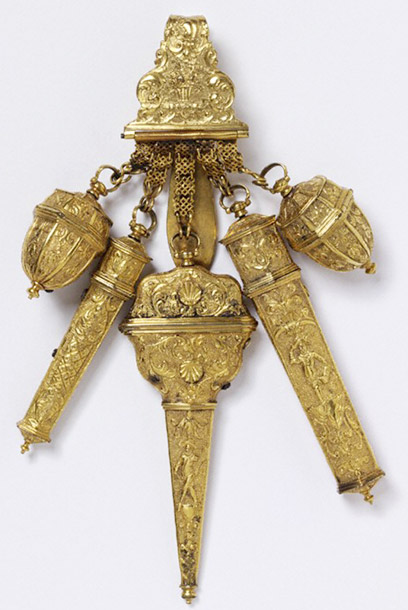 A few days ago i was watching a show on the Dutch television, called "Between art and kitsch", where people can show their "treasures" to some experts, and let them give their opinion about the value of the items. Off course there is quite a bit of trash people find in their attic, thinking that it's priceless stuff... But sometimes people come there with little gems.
A few days ago i was watching a show on the Dutch television, called "Between art and kitsch", where people can show their "treasures" to some experts, and let them give their opinion about the value of the items. Off course there is quite a bit of trash people find in their attic, thinking that it's priceless stuff... But sometimes people come there with little gems.
One man showed an 18th century watch to an expert, that was quite a nice collection item. It was all gold with a few diamonds in the clock-hands, and it looked nice. But what immediatly attracted the attention of the expert was the chain that the watch was once attached to.
Well ladies and gentlemen, here the story begins to get interesting. It was a very strange but extremely beautiful piece of jewellery. I had never seen such an item before. The expert called it a "Chatelaine".
He explained that it was a decorative belt hook or clasp worn at the waist with a series of chains suspended from it. Each chain was mounted with a useful household appendage such as scissors, thimble, watch, key, vinaigrette, household seal, etc.
I looked it up at the infamous Wikipedia and found the following explanation. The name chatelaine derives from the French term chtelaine which meant the female owner, or wife of the owner, of a large house. Originally the chatelaine was designed to have all the tools necessary for the woman of the household to sort out any problem she may encounter in her day, like a fraying curtain. However, over time the chatelaine and the objects it held evolved from being a purely utilitarian object into a decorative symbol that reflected the status of the wearer. And yes, some of them seemed to be exclusive pieces of jewellery. In the 18th century, it was sometimes also called it an equipage,
Let me show you some nice examples:
Antique-Watch, c. 1750; cast gilt metal chatelaine with a chased and engraved representations of musical instruments. Gilt clip buckle suspending three further oval cartouches and two short chains. Swivel latches with hinge and threaded safety ring. Suspended from the chains a gilt and rock crystal swivel seal, silver gilt hinged glazed locket and a cast silver Madonna and child.
Louvre OA8394, a gold watch and chatelaine covered in roses, Paris, 1750-1752
Malmaison N.104, the chatelaine of Empress Josephine, end of the 18th century.
To conclude i show you a nice painting from an unknown French 18th century artist, depicting "Two ladies, one holding a fan and the other a rose" At their belt you can clearly see their chatelaines.
I do hope you enjoyed this little article, about an artifact that i had never heared of, but seemed to be very common in our beloved 18th century.
With sincere greeting, Dr. P. Panacek, War Surgeon.
Yesterday Stormy and i took a day off to go to the harbor and watch the ships. Justlike i always used to dowhen i was a kid, back at the port of Antwerp. It was a beautiful and sunny day. I really hoped toclimb ona ship and do some sailing myself. Cousin Bedrich sended us a note we could try out the ships if we wanted to. Well, no need to tell you that he didn't needed to say that TWICE !
Once arrived at the harbor, off course we choose the LARGEST ship we could find, to try it out. Honestly, wouldn't you have done the same?
Likei said,it was a nice day and i feltgood being a Capt'n. At days like these i envy Fletch, who seems to do this for a living.
Stormy looked great in her green spring dress. She readed the maps as my navigational officer. At a certain moment she told me to turnright(starboard in correct nautical terms) to sail into the sea canal to go to the Provence Region. But somehow... the canal didn't actually fitted the boat... I really have to go and complain with the harbor management. It's a scandal !!It'soutrageous...
Finallyi managed to put the whole thing in it's reverse and sailed further to the get into the open seas.
You would not believe how bad people can steer and follow rules these days. How do they actually got their sailing license anyway?
At a certain moment we saw another ship coming from the left side... Can you believe it? He wouldn't stop !!! Did he never heared ofgiving priorityto someone who is coming from the right side???? Stupid British... always doing things the opposite way. Anyway... this Panacek didn't stop... No Mister...To bad for him...
Then Stormy had this brilliant idea of sailing to our home at Tourraine. I tried to steer into the delta of the Loire river... but that was obviously blockedby abridge.Whodesigns and builds this kind of bridges anyway? Ok, we had to face a dillema. Sawing off the top of the mast, or blowing up the bridge? I am sure cousin Bedrich wanted his ship back in one piece, so we decided to use some spare gunpowder to "clear" the problem.
Then Stormy spoke the legendary words "Houston, we have a problem"...facing our most difficultobstacle of the day. A waterfall in the wrong direction...
I can't tell you the details, but it involved abucket of paint and drawing the word "Salmon" at the place where the ships name was encarved...
So... With a big BANZAIIIIIII we crossed this pain in the *ss...
And... arrived home at La Chasseresse safe and sound... Ok, with the exception of some wet feet... But the main thing was that we made it. We boldly went where no ship was gone before... Hip hip hoorrraayyyyy !!!
And a bottle of rummmmmmmmmm.....
* * *
Epilogue:
The other day i had to bring the ship back to the harbor, because my renting time was due. It took me a while to get it back where it belonged, but i finally made it in (almost) one piece. Though honesty obliges me to inform you that It wasn't easy to get it parked correctly... (Why do they make these parking lots so small????)
Better not to tell cousin Bedrich right away, before i haveinformed my insurance agent about this...
I hope you all enjoyed our adventures and be sure to be here next time for thefollowing episode called "Pekel goes ballooning".
Your sincerely, Dr. Panacek P. - War Surgeon.
I knew it... I knew it would take only a few hundreds of years before the dusty content of my crates would be discovered and would gain interest of historians, MD's and antique dealers...
I immediatly recognized this book as it was my kind companion during many years on the battlefield.
Every stain, every mark is still there... You can even see the imprint of my thumb on the right lower side of the pages... Emotion, Joy, Pure Delight.... Today's surgeons could learn so much from this old book...
*wipes off tear*
Ok, lets see what the actual press has to say about it...
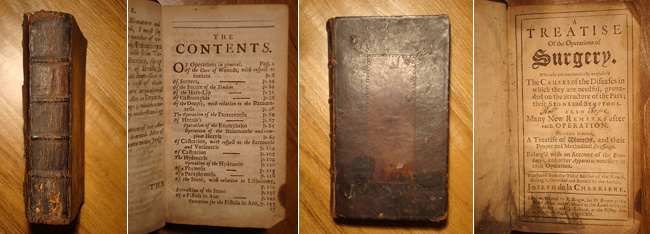
Revealed: The 18th century guide to amputations, operations and other medical tips
With all these ghost stories and strange appearances in the Duchy... It may be necessary to tell about what Stormy and I discovered a few days ago. At first, I didn't wanted to mention it, but maybe now it might save some lives...
A few days ago we enjoyed a walk through our beloved Duchy, and ended up at Touraine Coeur Est, where we discovered an old graveyard.. We went in to enjoy the tranquility there... after a hard day of work...
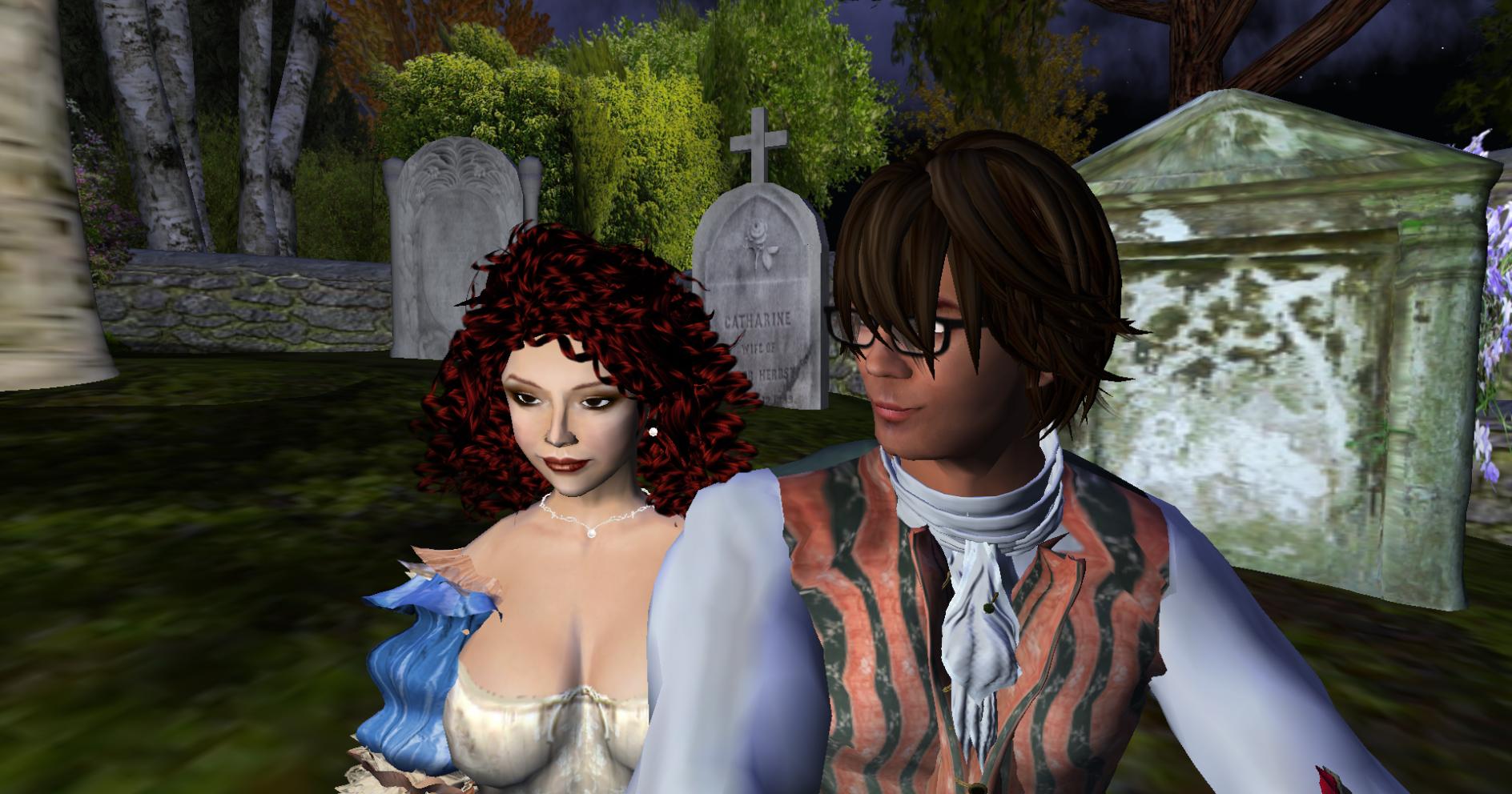
As you know us, you are already aware that we only have eyes for each other, but somehow we suddenly noticed strange but beautiful apparitions. We started following them, but we could not stop feeling that someone or something was watching us....
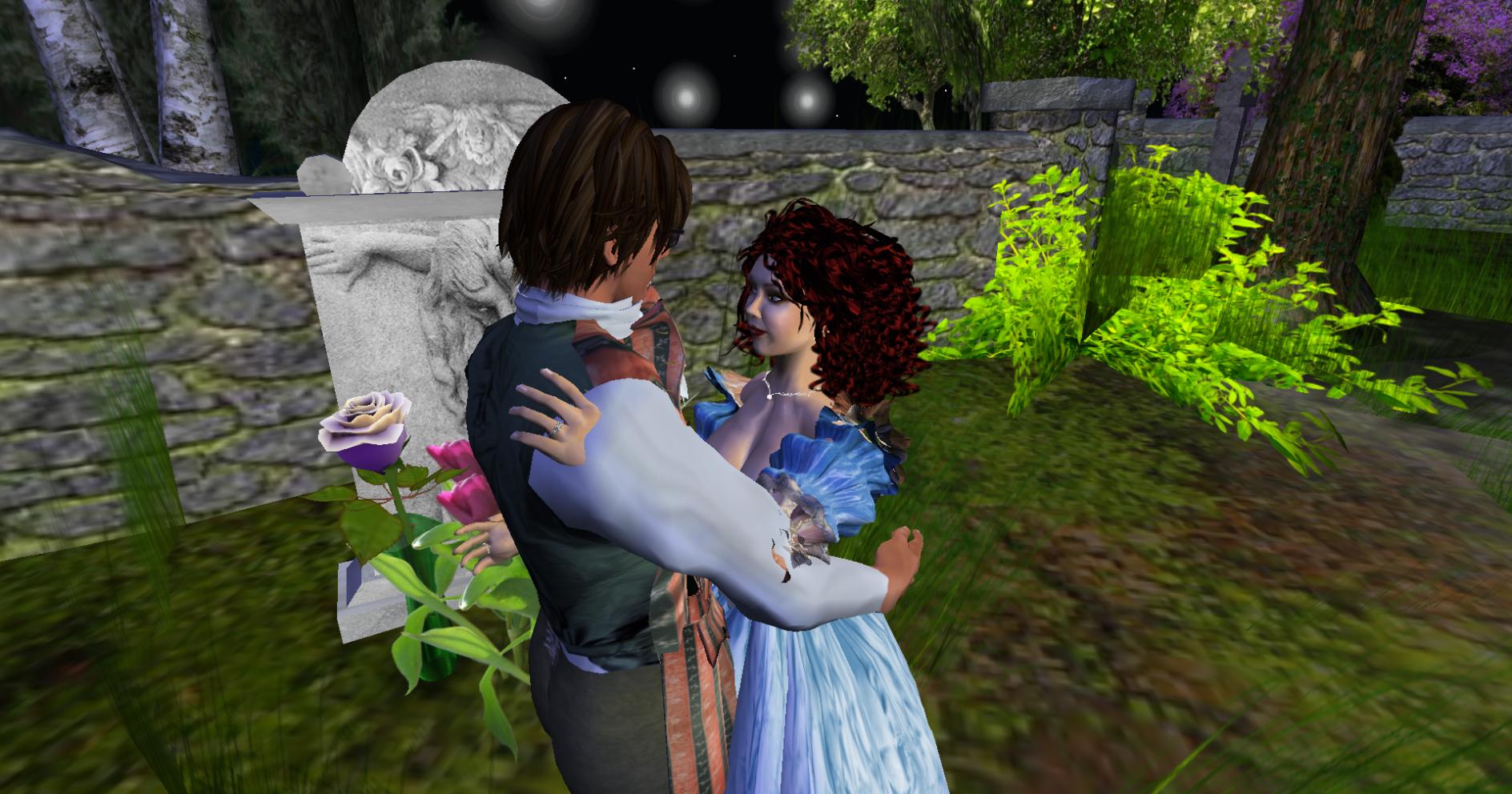
Oh horror, Stormy and I stumbled upon this OPEN grave!!! (Fortunately, I caught her before she actually fell in.)
What could this mean? Grave robbers? Vandals? Or...???
Some horrifying thought struck us... what if this was the resting place of that Ghostly Creature we witnessed at the Opera house a few days ago???
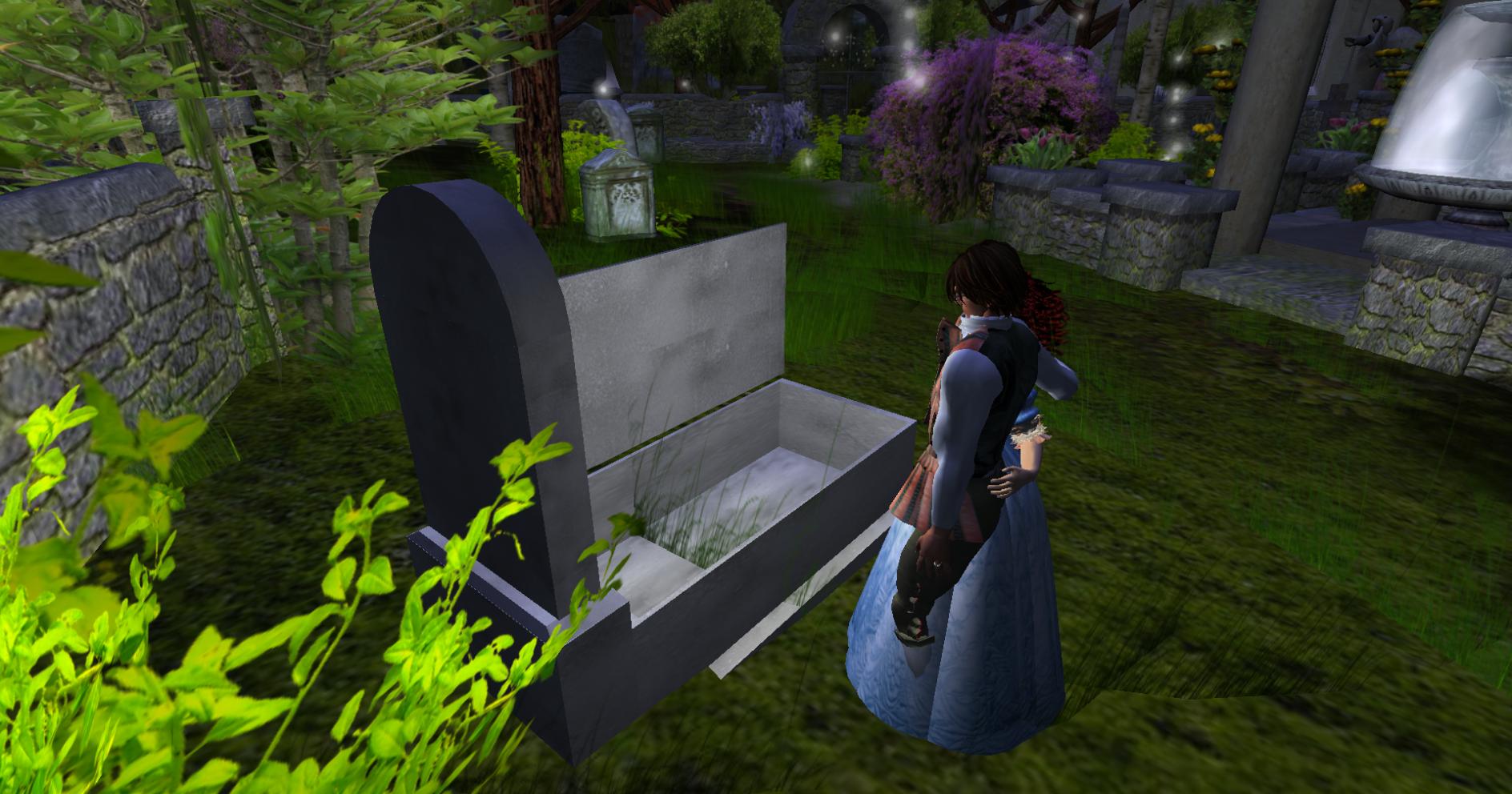
What mystery hides in this old graveyard? What terrifying events have taken place at the Duchy in the past?
Who's restless soul is coming to haunt us? We wondered who this grieving lady might be, and who had left the fresh flowers here on this grave. The tombstone bore no name .....I had the feeling she was crying. A teardrop rolled down... or was it just dew?
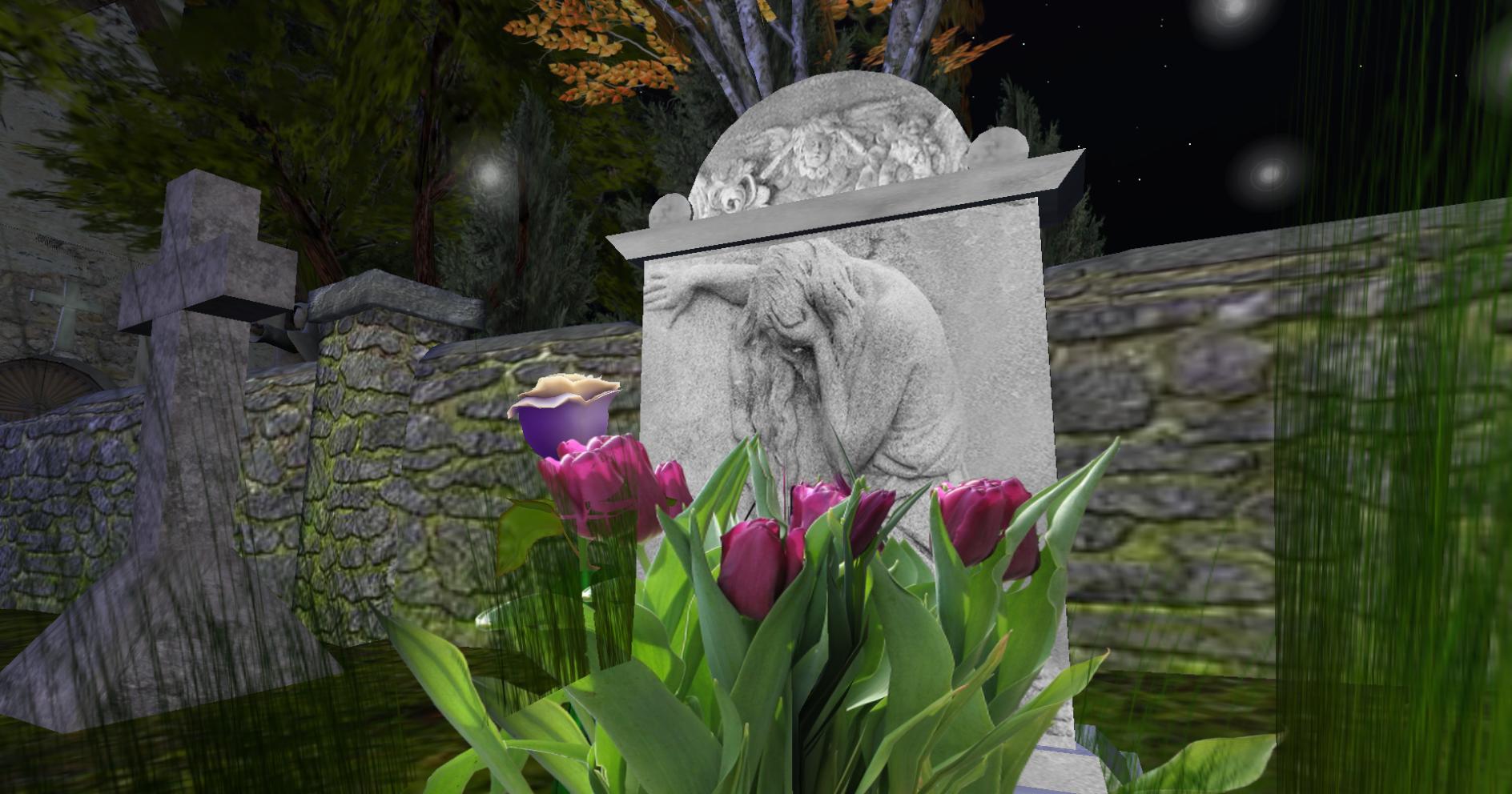
We went back home... But i could not sleep that night... I couldn't escape the feeling a bad moon is rising...
Dr. Pekel Panacek, Chirurgien de Coeur.
My life was hectic. So many changes took place. Some wonderful, others more eh... sad
You know I wrote I thought I was falling in love? Well dear diary, believe me.. I did.
I met this lovely lady, Mademoiselle Stormy. She used to live in a nice cottage near the Mediterranean. I met her at Marias tavern, after my fight with the Mysterious Musketeer. A few days later I was walking in the Provence region as I noticed this lovely lady again, standing in her doorway and waving at me. Ok I must admit, someone had told me where I could find her so Our meeting wasnt entirely by chance We had a lovely talk. I found her very charming. And when I said goodbye, I did hope we would meet again.
Very big was my surprise that I got a letter the next day, where she apologized to me not having been a good host, because she didnt had offered me something to drink. So she asked if I wanted to come over and have a glass of champagne at her place. Can you imagine how I felt? Off course I accepted the invitation and when I saw her again I was sooo nervous I could only stumble some silly phrases Butit was the start of a great friendship. We had many nice and silly chats. I did liked her humor and jokes right away. And she was very sweet. I didnt dared to admit it, but I was falling in love
It wasnt till a friend of hers started to threaten me at the April Coeur fair, not to play with Stormys feelings that I realized there was something more going on. Could it be possible?
Ow my God I had been blind. Something had happened I could not hope for in my wildest dreams My dear friend Stormy had fallen in love with me also.Dear diary,
I lived in some kind of happy arousal for days in a row. That first REAL slow, that first REAL kiss The feeling of being in love, being loved by someone Words fail me to describe the state I was in those first days. We became closer every day. Our love grew deeper and deeper. It was the time one could see me run from Touraine to Provence and vice versa. The time we exchanged love letters by pidgeon, so that you could follow the poop trail all from my cottage to hers
And I am eternally grateful to Maria and Fletch that they granted me the permission to propose Stormy on their wedding day. I felt the luckiest man on earth that moment she accepted. It was a moment never to forget.
Now we are so many months further in time. At the 6th of September I married the most wonderful woman in the universe. We found ourselves a nice home. I moved all my stuff over from my old cottage to our new place. There I have a nice room to see my patients now. We have lots of animals at our domain: cows, pigs, geese Even a few bears have been spotted nearby.
Also a sad thing happened. My infirmire left us. She already acted from a distance for some weeks In the end she was very angry at me. She didnt wanted to stay. She accused me from running away from things, from hiding in my work. She went berserk and threw lots of ugly words at my head
Well,enough sadness. A new era in my life has started. I am becoming a settled civilian after all. I guess my wondering days are over. Instead of sleeping in a haystack one can see me sit in the Royal Opera these days. I even have started to like wine and champagne instead of beer. Although I will never refuse a good pint of Ale.
To conclude, I think captain Evans would have been proud of me. Cheers brother, where ever you are now. I am sure you are looking upon me from the heavens and are wishing me all the luck in the world now.
P.




